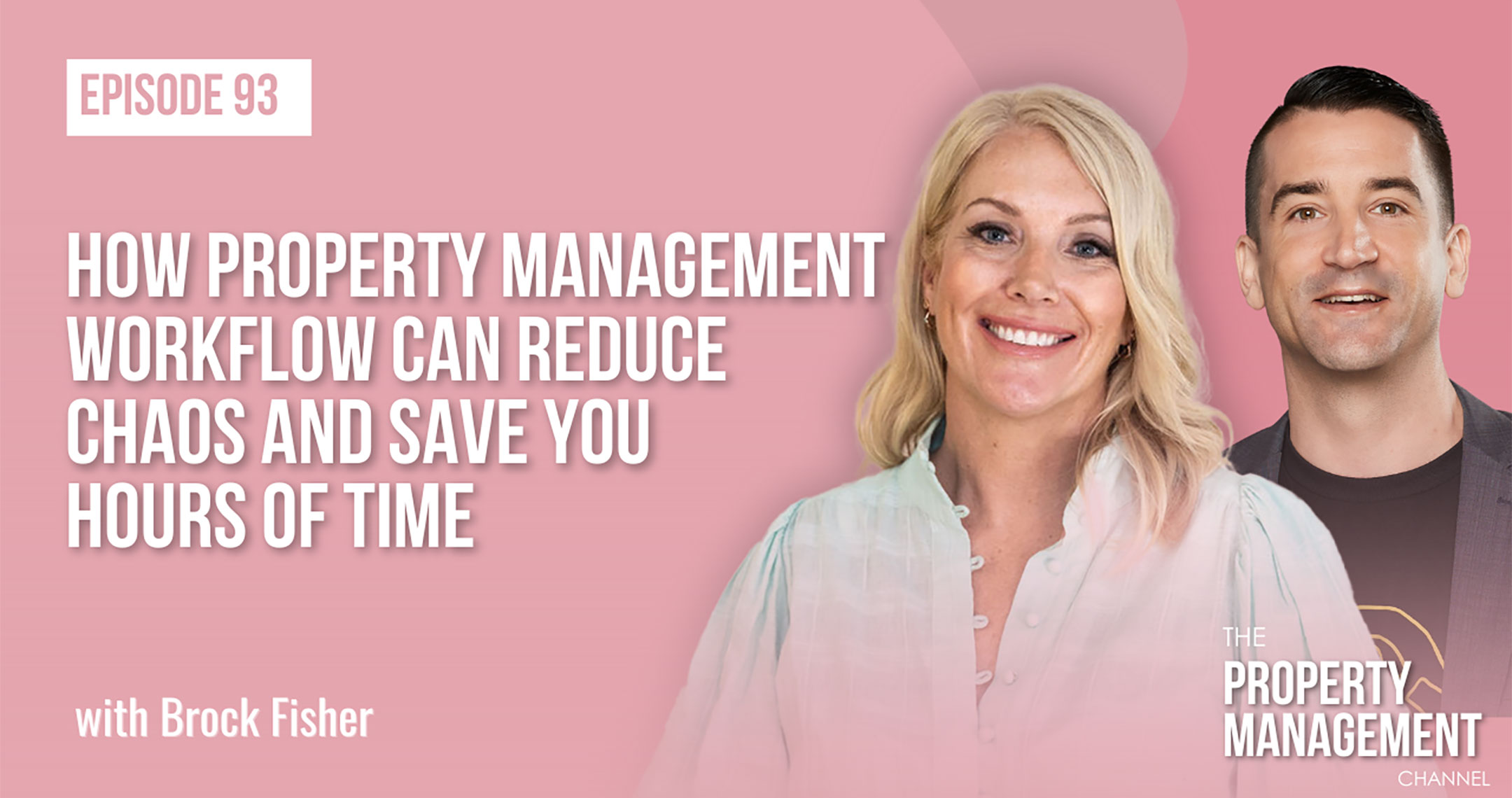
Rentvesting: when owners are tenants too
Renting where you want to live and buying where you can afford has long been touted as a smarter way for first time buyers to get a foot on the property ladder. We hear from our very own Kathryn on her accidental adventures in rentvesting and how it’s made her a better tenant and owner. Plus Brock and Kathryn share their thoughts on why rentvesters make a dream customer for property managers.
Why rentvesting makes sense
In Australia we’re big fans of building our wealth in property. Whether buying property as a home or investment, we see it as our nest egg, a way of putting that hard earned cash into something safe that will grow steadily in value. According to the latest ASX Australian Investor Study, the average Aussie investor holds more than half (56%) their assets in residential investment property.
But when you’re choosing somewhere to buy and live, you’re usually closing in on a particular neighbourhood for the sake of the cafes and commute time rather than the capital gain. The rentvesting solution, done right, offers the best chance of making a property investment that adds up from a wealth perspective and living somewhere that ticks all your boxes for amenity and location.
It’s also a great ticket to freedom and being able to move with the times – literally. Property isn’t a liquid asset and the costs of buying and selling many times over are a huge setback for your net worth. So if you have a good reason to move, it can be a lot cheaper and simpler if the property you own isn’t the one you’re also living in.
Getting started
Kathryn’s start in rentvesting wasn’t quite so strategic. She’s from a family who have always seen bricks and mortar as the mainstay of family wealth. “I bought two properties in country Victoria where I grew up,” she says. “This was in 2014 and 2015, and there wasn’t much talk of rentvesting back then. At the time I was planning to stay in the country and didn’t buy with a view to living elsewhere.”
Fast forward a few years and Kathryn found herself Melbourne bound and decided to hang on to both properties. “Renting in Melbourne gave me the option to live in a location where I just couldn’t afford to buy,” she says. “For a while I was hell bent on buying something here in the city, but then I realised my existing properties are doing just fine as investments. They both happen to be in locations where I get really great rental return, but that was more by accident than design.”
Making it all add up
As Brock points out, Kathryn’s accidental approach got her over a major hurdle for many first time home buyers who won’t settle for a more affordable location. “At age 30, Kathryn has two properties for more than five years,” he says. “You hear so many 20 and 30 somethings expecting properties to be forever out of reach because they think they need to save a six figure sum for their deposit. But if you look beyond where you want to live, there’s probably somewhere you can buy property and get all the benefits of both the rental yield and capital gain.”
Kathryn agrees that it can be a dream strategy for young people looking to build wealth, providing they don’t push the budget too far. “As an owner, my rent more than covers my loan payments and that means I don’t struggle to come up with funds to cover maintenance and unexpected costs,” she says. “In my property manager days, I came across owners who had bought an investment property, pushed their budget to the limit and were very restricted in their cashflow as a result. They might also find themselves with high vacancy rates because they price their property based on what they need to cover their loan and other costs. If this is a higher rent than the market can bear, based on supply and demand, they’re going to struggle to find tenants. And that can be the case for any property owner, whether they’re rentvesting or not.”
Seeing both sides
Being a tenant herself – and a former property manager – Kathryn really understands the importance of owners having the cash flow to keep a property well maintained. Which keeps her tenants happy, as does her refusal to ask for more rent. “As a tenant, I know how upsetting it is to deal with surprise rent increases or things that don’t get fixed,” she says. “You treat your property and tenants like that and they’re less likely to stick around. And that’s not a good result for your investment income.”
And her experience as an owner makes her a pretty understanding tenant too. “I have empathy as a tenant too,” says Kathryn. “From being an owner, I know the drill with leasing property, so there’s no tension for me around things like inspections and notice periods. As a property owner of more than five years I expect these events to happen so they’re far less likely to create an issue for me.”
It never hurts to ask
How can property managers find more of these potentially very reasonable rentvesting owners for their rent roll? Estimates based on Australian Bureau of Statistics figures reckon the rentvesting market in Australia is made up of roughly 340,000 owners who are tenants too. So there’s a fair chance that a couple of your existing tenants own a property too and there’s no harm in asking.
“In my experience, real estate agencies are often quizzing tenants on their intention to buy a home to live in someday,” says Brock. “They’re keen to add to their pool of potential buyers lined up to secure a future sale. But what if they’re actually owners already? You could be missing out on a chance to grow your rent roll that’s right under your nose. And even if they don’t own a property themselves, maybe they’ll be happy to refer you to someone they know that does. And even if that owner isn’t in your service area, you can do another property manager in your network a good turn by passing it on.”


